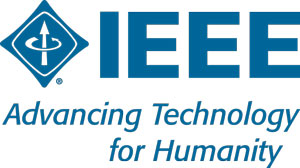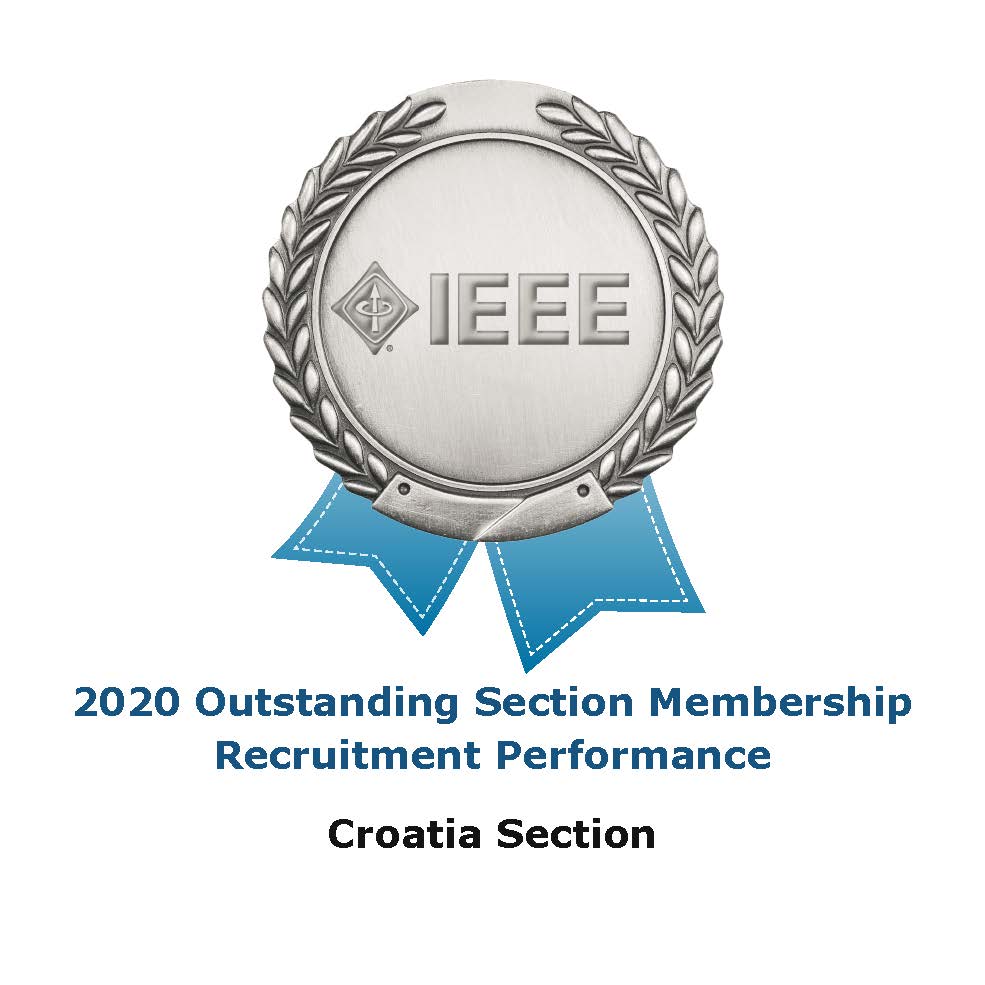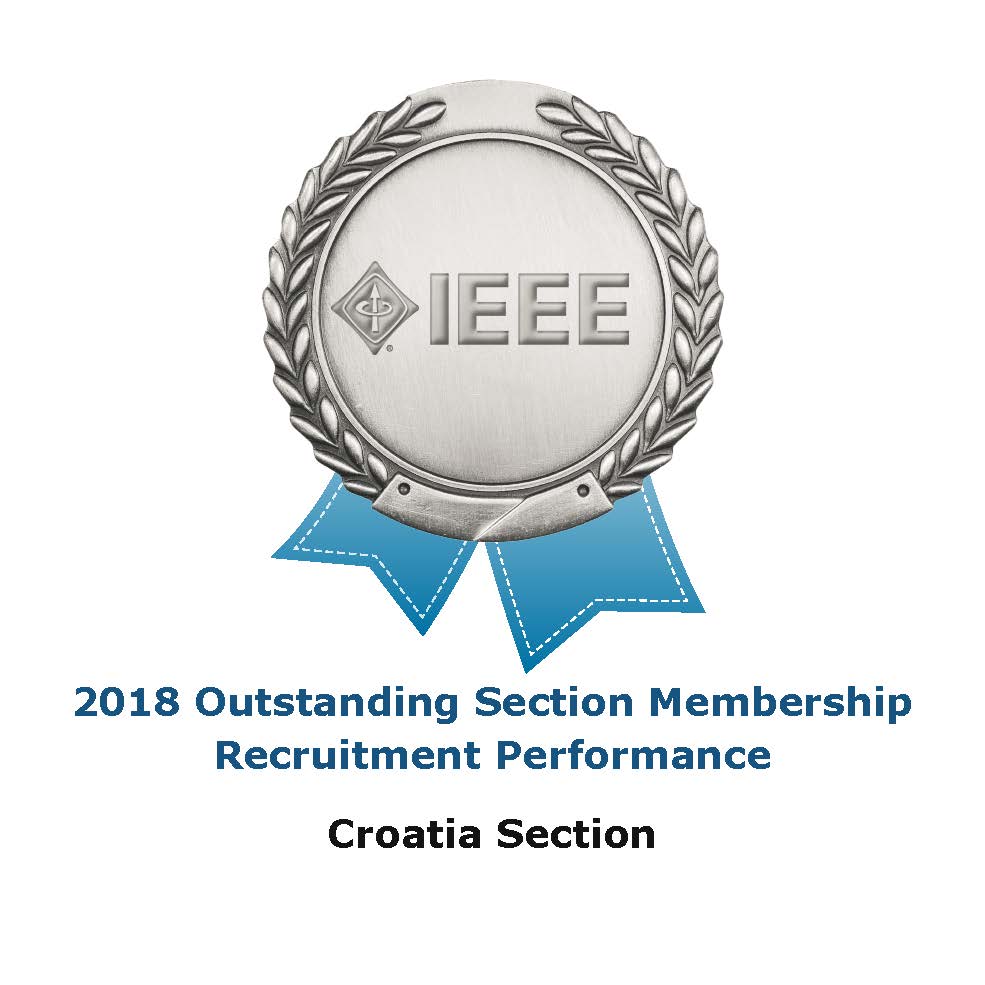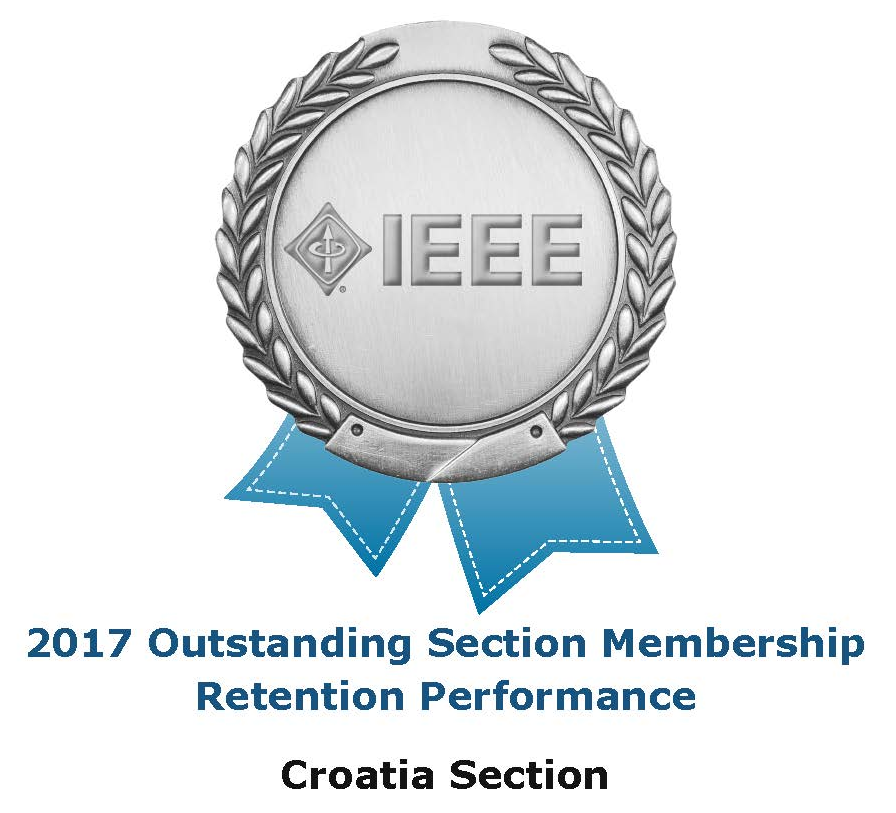Hrvatska sekcija IEEE i Zajednički odjel za elektroničke elemente / poluvodičke integrirane sklopove Hrvatske sekcije IEEE pozivaju svoje članove na predavanja:
"The Role of Electronics in Scientific Discoveries"
i
"Noise in Electron Devices: From Vacuum Tube to Single Electron Transistor"
koje će na Međunarodnom skupu MIPRO u Kongresnoj dvorani 1 hotela Admiral u četvrtak 27. svibnja 2010. u 9 (prvo predavanje) i u 9:45 sati (drugo predavanje) održati dr.sc. Veljko Radeka, IEEE Fellow, APS Fellow sa Brookhaven National Laboratory, Upton, NY, USA.
Brookhaven Lab's Veljko Radeka Receives IEEE Award
April 28, 2009
Veljko Radeka, Head of Brookhaven Lab's Instrumentation Division honored for Detector Development
UPTON, NY — The IEEE’s Long Island Section has honored Veljko Radeka, head of the Instrumentation Division at the U.S. Department of Energy’s (DOE) Brookhaven National Laboratory, with the Harold Wheeler Award. IEEE, formerly known as the Institute of Electrical and Electronics Engineers, Inc., is the world’s leading professional association for the advancement of technology, and Wheeler was a world-famous engineer, who made important technical contributions at Wheeler Labs and Hazeltine Corporation.
Radeka received a plaque from IEEE with the citation: “For outstanding leadership and accomplishments in detector development which enabled discoveries in many areas of science and technology in a career of sustained productivity spanning over 50 years.”
“I am honored to receive this award,” Radeka said, “and I am particularly proud of the achievements of my colleagues in the Instrumentation Division and the recognition that they have received at BNL and elsewhere.”
Under Radeka’s direction, Brookhaven Lab’s Instrumentation Division develops state-of-the-art instrumentation required for experimental research programs at Brookhaven Lab and maintains expertise and facilities in specialized high-technology areas. The division’s research also has a significant impact on programs throughout the world that rely on state-of-the-art radiation detectors and low-noise electronics.
Radeka and his colleagues have developed numerous state-of-the-art detectors that are used in major facilities at Brookhaven Lab and around the world. For example, in the 1970s, he worked with William Willis, formerly of Yale University and Brookhaven, currently at Columbia University, to develop noble liquid argon calorimeters – detectors used in high-energy physics experiments at most major facilities, including the CERN, the European Organization for Nuclear Research in Geneva, Switzerland. This early work led to Brookhaven’s contributing key components to the ATLAS detector in CERN’s Large Hadron Collider, the world’s most powerful particle accelerator. Continuing these developments, Radeka and his colleagues are working on the technology for large neutrino detectors to be used in the future.
Similarly, the development of highly sensitive low-noise electronics for germanium gamma ray detectors used for basic studies in nuclear physics has enabled Brookhaven Lab to play a leading role in many detector developments. An example is development of optical sensors for the Large Synoptic Survey Telescope, the world’s largest telescope due to be operational by 2017.
Radeka and his colleagues in the Instrumentation Division also developed neutron detectors for studies of biological molecular structures used at the Spallation Neutron Source at DOE’s Oak Ridge National Laboratory, DOE’s Los Alamos Laboratory and other neutron research facilities. A major current activity is development of x-ray detectors used in synchrotrons, such as Brookhaven’s National Synchrotron Light Source.
Veljko Radeka earned a Ph.D. in engineering sciences from the University of Zagreb, Croatia, in 1961, at the same time he was working on nuclear instrumentation at the Institute Ruder Boskovic in Zagreb. Radeka came to Brookhaven Lab as visiting scientist from 1962 to 1964 and joined the staff of Brookhaven’s Instrumentation Division in 1966.
Radeka rose through the ranks to become head of the Instrumentation Division in 1972. Under his leadership, his division became the foremost resource in radiation detector and microelectronics research and development among Department of Energy laboratories. Radeka has authored or co-authored about 170 peer-reviewed papers, and several of his papers have been reprinted in books as classic contributions.
Radeka is a Life Fellow of IEEE and a Fellow of the American Physical Society. He received the 1983 Merit Award of the Nuclear and Plasma Sciences Society, and he is also a recipient of the IEEE Centennial Medal.
Abstract 1
Most scientific experiments today rely on microelectronics for detection and measurement of various phenomena to be observed and for data acquisition. While the field of scientific instruments is vast, I will illustrate the impact of electronics technology on scientific research by several examples from diverse areas of science, none of which would have been possible without advances in electronics:
• X-ray fluorescence analysis with synchrotron radiation
• Thermal neutron detectors for molecular and crystal structure studies by neutron scattering
• Positron Emission Tomography (PET) for studies of brain physiology
• Detection of Solar neutrinos → Discovery of “Neutrino Deficit”→Neutrino Oscillations
• Giant detectors for Neutrino Oscillations and Nucleon Decay Studies
• Large telescope for Dark Matter/Dark Energy Studies
One of these examples (detection of solar neutrinos) led to a Nobel Prize for a Brookhaven researcher. This relatively simple experiment, which took ~25 years to complete, opened up a new research field for several decades to come – studies of neutrino properties. This research field requires truly giant detectors based on low noise electronics on large scale (hundreds of thousands of detector segments and signal channels). The first three examples are of great practical significance. The last two, yet to be realized, are to advance basic understanding of the elementary particle physics, and are of importance for cosmology and understanding of the universe. The first five examples are based on detection of ionizing radiation (photons) and detection of neutral particles (neutrons and neutrinos). The sixth example (the telescope) is based on detection of photons in the visible and near-infrared range. A common thread in the concepts presented here is interdependence and close coupling among the experiment principles, detector design and microelectronics design.
Abstract 2
A common underlying principle ties together all three-terminal electronic devices invented so far, from the vacuum tube through established transistor technologies to various nanoscale devices. This underlying principle is the gain mechanism based on charge control where a single parameter – the electron (or hole) transit time - defines the limits of device performance in terms of speed, unity gain frequency and noise. In practice, various parasitic effects have to be taken into account and they affect the device so that the performance allowed by the electron transit time can rarely be approached. The ultimate in signal to noise can be achieved in charge detection and measurement where dissipative circuit elements are minimized. I will review briefly some fundamentals of noise and signal processing for charge measurements, concentrating mostly on aspects less commonly addressed, such as 1/f noise and kTC noise. These are of interest in charge measurements, in CMOS and CCD imaging devices, photo detectors and in switched capacitor signal processing circuits. Most of the recent signal detection and processing circuits have been mixed-signal with analog and digital functions on the same chip. With the aggressive scaling down of CMOS, the technology platforms below about 180 nm have become less than optimal for analog circuits, and especially below 100 nm. Analog circuit designers have already realized that for best noise performance they have to design transistors with nonminimum gate lengths. This is being recognized by mainstream foundries, and the technologies are becoming available through multiproject services where transistors with two different oxide thicknesses (and different minimum gate lengths) will be on the same chip, allowing separate optimization of analog and digital functions, as well as different operating voltages. Another degree of freedom in the design of mixed-signal circuits is due to Bi-CMOS SiGe technology combining the advantages of much improved bipolar transistors with those of advanced CMOS transistors.
The CMOS scaling below 20-30 nm is facing threefold obstacles: physics limits (quantum effects), variability in processing and economic limits. Physical phenomena associated with small dimensions, such as quantum mechanical effects and fluctuations in the decreasing number of dopants, take place. These effects cause leakage currents (incomplete drain current turn-off and gate tunneling currents) and dispersion in device parameters (threshold voltage). Gate tunneling currents contribute shot noise in charge measurements and become a significant limitation below 130 nm (gate oxide of ~2.6 nm).
What next? While nanotechnology is frequently mentioned in general terms, no candidate for a technology revolution, comparable to CMOS, has emerged, or appeared on the horizon. The drive toward higher density and higher speed of digital functions is continuing, either by gradually improving transistor design, or by 3d integration, all within the CMOS architectures. Power dissipation is becoming a principal design concern in both analog and digital circuits. This concern leads to low noise transistor and circuit design optimized for operation in the weak inversion region (high transconductor efficiency ~ gm/ID), and to low voltage operation of digital circuits.
Interesting developments have been under way in various nanoscale devices. Single electron transistors (SETs) are devices with a capacitance so small that a single electron can generate a measurable voltage (above the thermal voltage), making possible the highest sensitivity in charge measurements. Work on carbon nanotubes (CNTs) as active electronic devices and passive devices (interconnects) has been going on for the last two decades. Field effect transistors with a CNT channel hold a promise of subpicosecond electron transit times and terahertz operation. Neither of these devices, although known for more than two decades, has been considered suitable for integration so far due to the large variability in their fabrication.
A promising approach combining the advantages of CMOS technology and molecular-scale nanodevices has been proposed for digital electronics. It is based on hybrid semiconductor-molecular integrated circuits, “CMOL”. The nanoscale devices in this approach are two-terminal nonlinear devices without gain which would serve as switches in a crossbar arrangement, while more complex functions would be performed by CMOS FETs. It is hoped that such two-terminal devices may be amenable to self-assembly.
The side benefit of all the developments in transistor technology – largely driven by digital and computer circuit applications – has been a remarkable progress in low noise mixed-signal microelectronics making possible applications based on charge measurements with a precision in the single electron and sub-electron range.







